Germany's international investment position at the end of 2022
At the end of December 2022, Germany's net external assets stood at €2,721 billion, thus amounting to around 70% of nominal gross domestic product (GDP). Both German assets and liabilities vis-à-vis non-residents rose further in 2022. German cross-border relations between enterprises resulting from direct investment continued to expand in 2022. Assets and liabilities arising from other investment, which include inter alia loans and trade credits as well as currency and deposits, also increased. Compared with the previous year, however, there was a decrease in both domestic investors’ holdings of foreign securities and foreign investors' holdings of securities issued in Germany. This was due, in particular, to negative valuation effects in connection with developments in international capital markets. On balance, Germany's net external assets at the end of 2022 were €260 billion higher than at the end of 2021. This was mainly thanks to a significant increase in asset positions due to cross-border transactions.
Net external assets rise on the year once again
At the end of 2022, Germany's net external assets stood at €2,721 billion, thus amounting to around 70% of nominal gross domestic product (GDP). The German net external asset position rose by around €260 billion year-on-year. In line with the lower current account balance, this increase was smaller than in the previous year. Claims on non-residents were up on the year by €637 billion (or 5.6%) to €12,042 billion; liabilities rose by €378 billion (or 4.2%) to €9,322 billion. Transaction-related changes, i.e. asset purchases, as well as positive valuation effects and other non-transaction-related adjustments had an impact on assets.[1] The increase in liabilities, on the other hand, was driven mainly by valuation effects and other non-transaction-related adjustments. Valuation effects include exchange rate effects and market price effects. Exchange rate developments were shaped by the different monetary policy stances of major central banks and by expectations about future inflation and interest rate developments, amongst other factors. The higher interest rates in major currency areas put considerable pressure on the market prices of assets in some cases.
The cross-border transactions recorded in the financial account resulted in net capital exports of €228 billion last year, expanding the net external asset position accordingly when viewed in isolation. Non-transaction-related changes caused net external assets to rise further, by €32 billion. This was partly down to positive exchange rate effects on balance, but also other adjustments. By contrast, market price developments for foreign and domestic assets had a negative impact on Germany's international investment position.
Surplus in portfolio investment lower than in 2021
At €665 billion, the portfolio investment balance in 2022 was around €20 billion lower than in the previous year. Securities assets vis-à-vis non-residents saw a somewhat stronger decline than the corresponding liabilities.[2]
At the end of 2022, resident investors held foreign securities totalling €3,506 billion, down by €543 billion (or 13.4%) on the previous year. The decline was mainly driven by significantly negative market price effects for debt securities. By contrast, the depreciation of the euro against major currencies led to positive valuation effects – albeit on a much smaller scale – for all asset classes. Holdings also increased due to financial account transactions. German investors purchased foreign investment fund shares and short-term debt securities, but sold shares and long-term debt securities. Overall, at the end of 2022, the volume of foreign shares held by investors in Germany was €144 billion lower than in the previous year. Foreign investment fund shares held in German portfolios decreased by €71 billion. In addition, holdings of foreign bonds with long-term maturities in German portfolios declined by €345 billion. Holdings of short-term bonds rose by €16 billion, by contrast.
At the end of 2022, non-resident investors held German securities in their portfolios totalling €2,841 billion, an amount €524 billion (or 15.6%) lower than at the end of 2021. This was because negative market price developments across all asset classes reduced the value of foreign investors' holdings. Transactions recorded in the financial account also contributed to the decline in holdings, albeit to a small extent. Non-residents mainly parted with short-term debt securities, shares and investment fund shares. By contrast, they added long-term debt securities to their portfolios. Taken in isolation, exchange rate developments alone led to a slight increase in German portfolio liabilities to non-residents. Non-resident investors' holdings of shares issued in Germany were €274 billion lower than in the previous year on balance. Domestic long-term debt securities in the portfolios of non-resident investors decreased by €205 billion, and short-term debt securities went down by €25 billion. In addition, holdings of German investment fund shares in the portfolios of foreign investors were around €20 billion lower than in 2021.
Turnaround in financial derivatives
At the end of 2022, holdings of financial derivatives and employee stock options registered a positive balance of €51 billion. In the previous year, the net external position for this asset class had been slightly negative. Forward and futures contracts relating to electricity and gas played a role in this turnaround. This account saw net capital exports in 2022 amidst the energy market turmoil.
Further expansion in direct investment
Cross-border relations between enterprises with German investors continued to expand in 2022. German outward direct investment was up on the year by a total of €205 billion (7.8%) to €2,842 billion, an increase that was largely attributable to transactions. In particular, German investors boosted their equity capital in enterprises abroad, but also stepped up their direct investment loans to affiliated group entities. In addition, exchange rate effects and, to a small extent, market price effects led to higher valuations of German outward direct investment.
Non-resident enterprises increased their direct investment in Germany by €49 billion (2.7%) to €1,893 billion in 2022, with transactions accounting for the lion's share of this development, too. Non-resident investors augmented their equity capital in German enterprises but particularly expanded their intra-group lending to domestic enterprises. On balance, Germany's direct investment balance at the end of 2022 amounted to around €949 billion and was therefore €156 billion higher than in the previous year.
Other investment: net claims higher
Other investment, comprising inter alia loans and trade credits (where these do not constitute direct investment) as well as currency and deposits, saw an increase of €55 billion in Germany's positive net asset position on the year, bringing it up to €779 billion at the end of 2022. The Bundesbank's external claims in this segment grew by €14 billion, of which a little more than half was attributable to an increase in the Bundesbank's TARGET balance vis-à-vis the ECB.[3] At the same time, the Bundesbank's external liabilities in other investment declined, as non-euro area counterparties in particular reduced their deposits. On balance, the Bundesbank's net external position in other investment rose by €104 billion. Monetary financial institutions (excluding the central bank) granted additional loans worth €39 billion to non-residents. In addition, their holdings of currency and deposits increased, particularly owing to positive valuation effects stemming from exchange rate movements and other adjustments. Their liabilities were also markedly higher, however. On balance, the growth in liabilities exceeded the increase in claims. This reduced the balance of monetary financial institutions (excluding the central bank) in other investment by €73 billion in 2022. In 2022, general government also recorded a drop in its net assets, by €22 billion. By contrast, other investment by enterprises and households rose by €46 billion on balance. At the end of 2022, claims on non-residents arising from other investment had risen to €3,879 billion across all sectors. This was an increase of €135 billion (or 3.6%) compared with the end of 2021. Liabilities to non-residents also went up, but only by €80 billion (2.6%) to €3,100 billion.
Increase in reserve assets
The Bundesbank's reserve assets amounted to €277 billion at the end of 2022, and were therefore up by €15 billion on the previous year. They grew by €4 billion as a result of transactions. Reserve asset holdings also rose by €9 billion due to positive market price effects, which were partly down to the higher price of gold. Exchange rate effects increased reserve assets by €2 billion.
Footnotes:
- Non-transaction-related changes include valuation effects and other adjustments. Other adjustments include write-downs on uncollectable credit claims, changes in sector classifications, changes in the functional category of a financing instrument, as well as statistical discrepancies between the international investment position and the balance of payments due to differing data sources, for example.
- For more information on transactions in portfolio investment, see Deutsche Bundesbank, German balance of payments in 2022, Monthly Report, March 2023, pp. 21-42.
- The Bundesbank's TARGET claims on the ECB rose by around €8½ billion in 2022. In the previous year, the increase had been significantly larger, at €125 billion. The much smaller increase was attributable, not least, to the Eurosystem ending net purchases under the pandemic emergency purchase programme (PEPP) and the asset purchase programme (APP) on 1 April 2022 and 1 July 2022 respectively. For more information on the impact of asset purchases on the evolution of TARGET balances, see Deutsche Bundesbank, German balance of payments in 2022, Monthly Report, March 2023, pp. 21-42.






















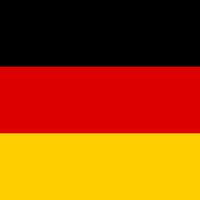
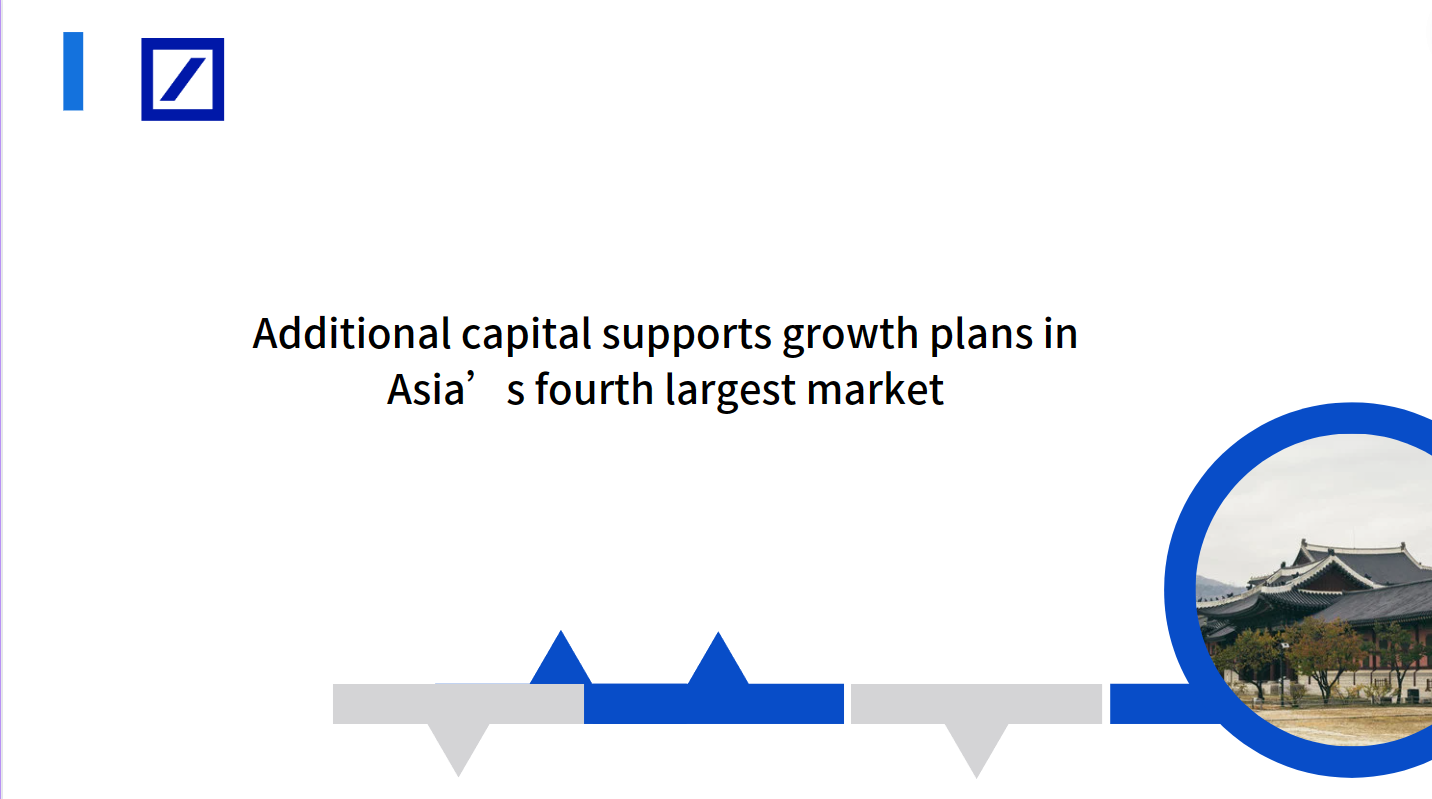
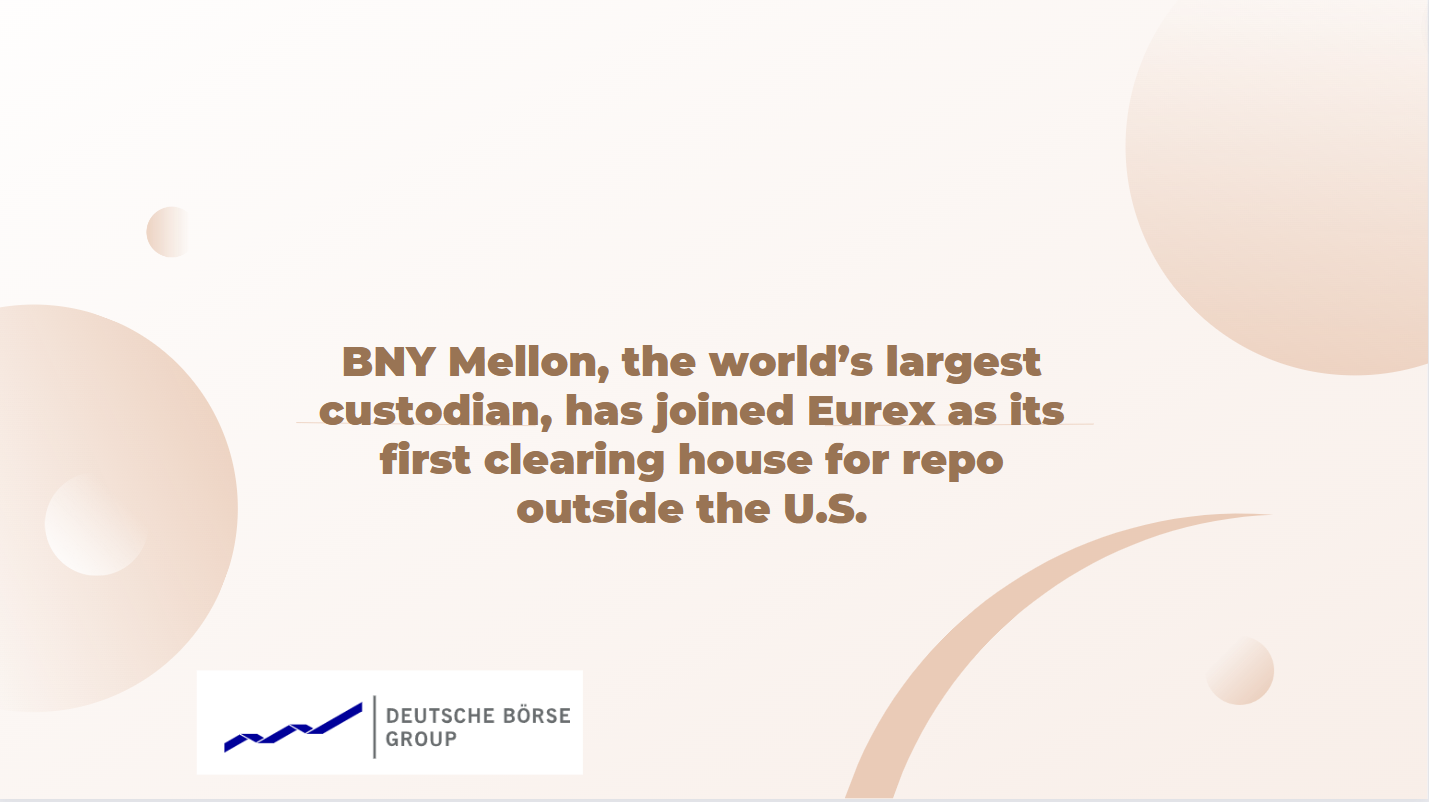
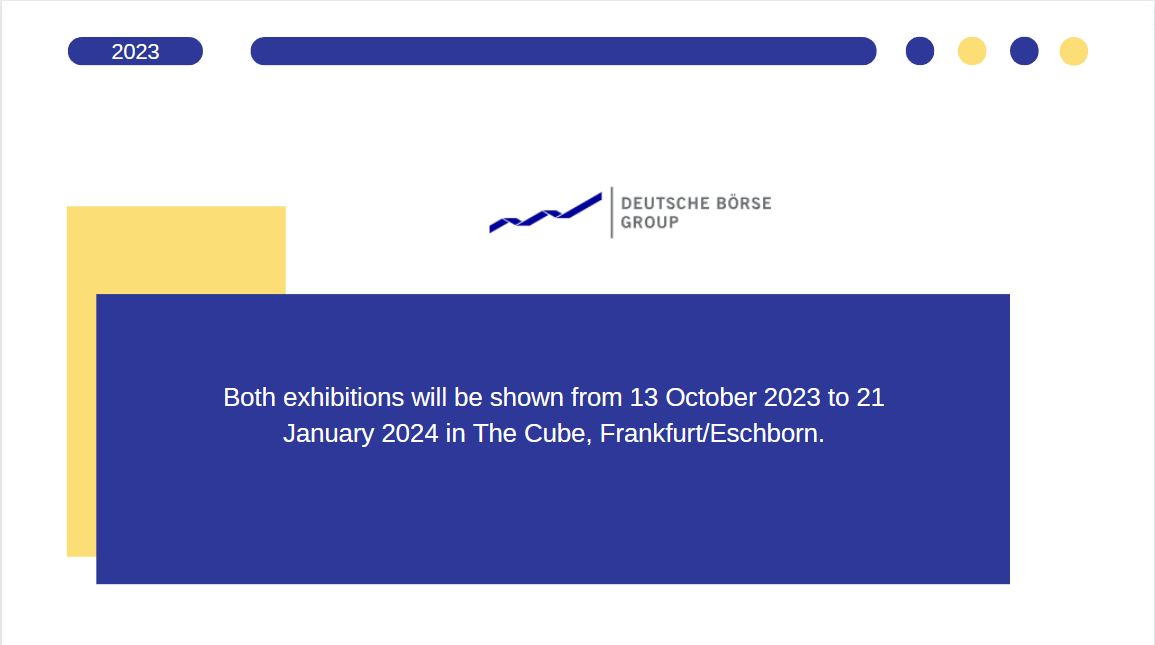
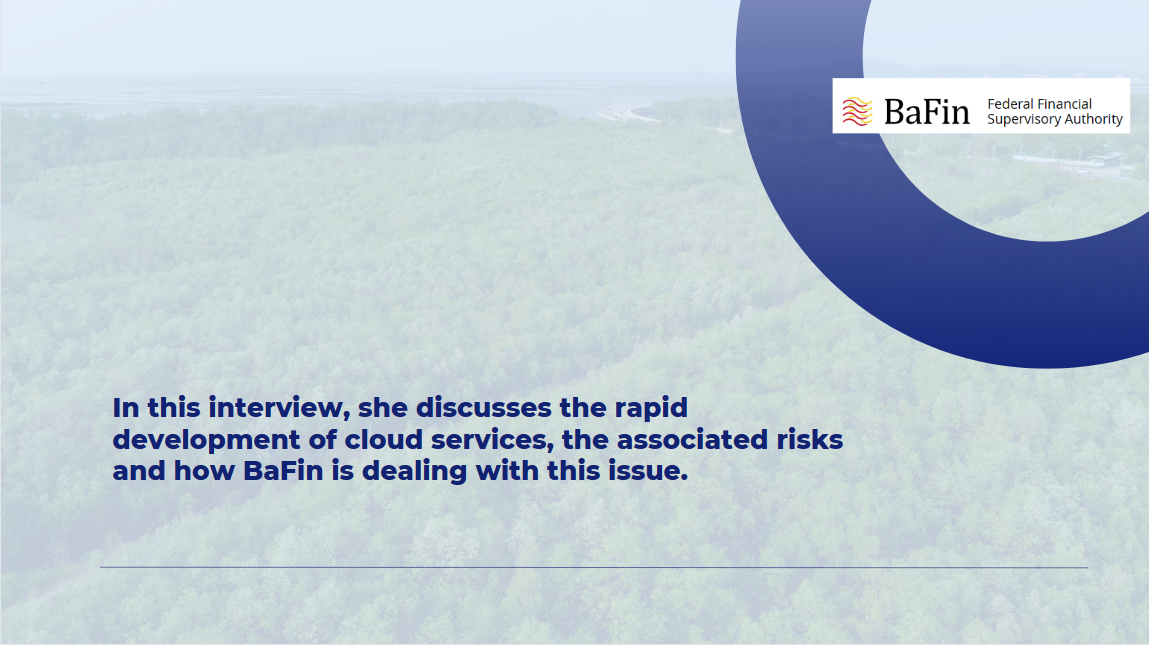




























First, please LoginComment After ~